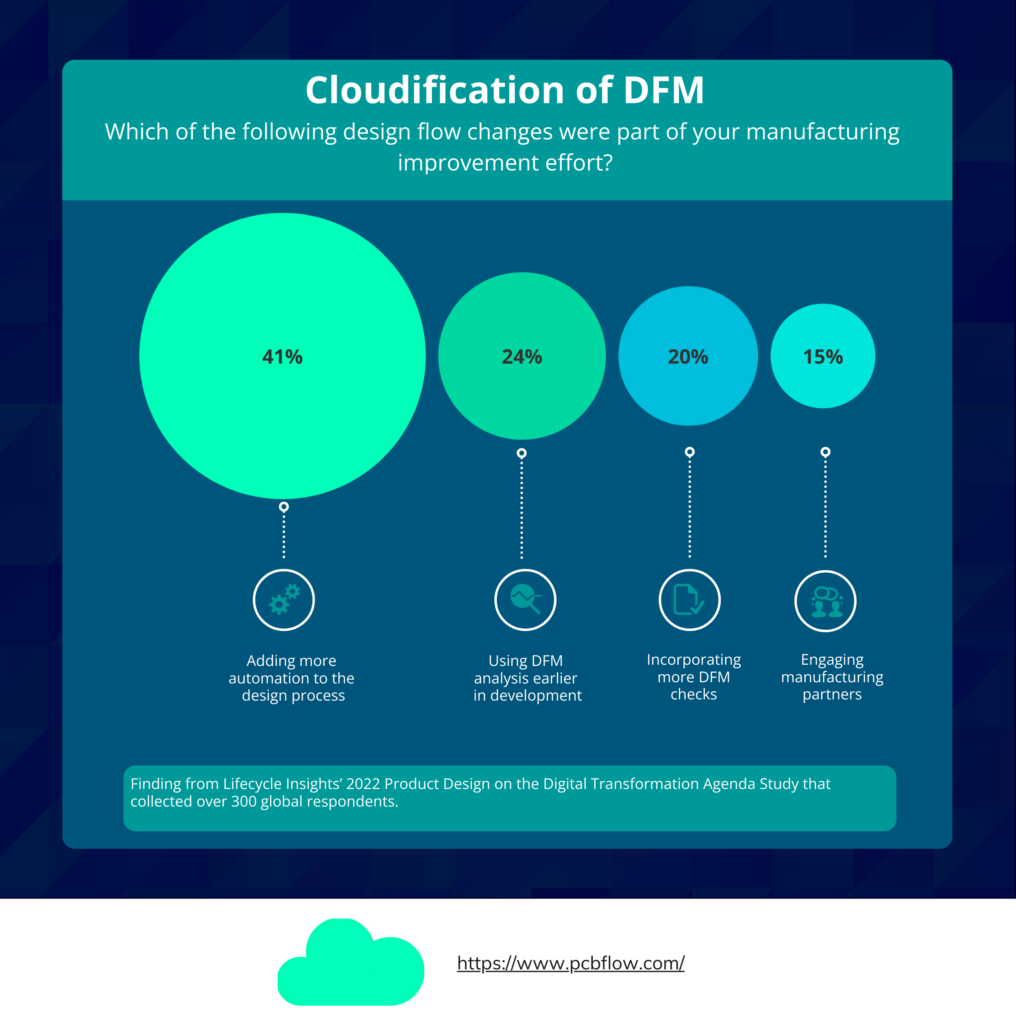Industry Trends: PCB designers need to keep up-to-date with the latest trends and innovations in the industry.

PCB designers play a crucial role in the electronics industry as they are responsible for creating the circuits and boards that power modern devices. With the rapid advancements in technology, it’s important for designers to stay up-to-date with the latest trends and innovations in the industry. In this blog, we’ll explore why keeping up with industry trends is important for PCB designers and highlight some useful resources to stay informed.
Why Keeping Up with Industry Trends is Important for PCB Designers
- Better Design Decisions: Keeping up with industry trends allows PCB designers to make better design decisions. By staying informed about new materials and emerging technologies, designers can choose the best components and techniques for their projects, resulting in more efficient and reliable circuit boards.
- Competitive Advantage: In a highly competitive industry, keeping up with the latest trends can give PCB designers a competitive advantage. By staying ahead of the curve, designers can offer cutting-edge solutions that meet the demands of their clients and help them stand out from their competitors.
- Cost Savings: Staying up-to-date with industry trends can also lead to cost savings. By using the latest materials and techniques, designers can create more efficient and cost-effective designs that save time and money in the manufacturing process.

Useful Resources for PCB Designers
- Industry News Websites: Websites like PCBflow Resources, EE Times, Electronics Weekly, and Design News provide up-to-date news and analysis on the latest trends and developments in the electronics industry. These websites are great resources for PCB designers who want to stay informed about the latest innovations and emerging technologies.
- Industry Conferences and Events: Attending industry conferences and events is a great way for PCB designers to network with other professionals and learn about the latest trends and innovations in the industry. Events like PCB West, IPC APEX Expo, and Embedded World offer opportunities for designers to attend workshops, seminars, and exhibits focused on PCB design.
- Technical Publications: Technical publications like Printed Circuit Design & Fab and Circuit Cellar provide in-depth articles and case studies focused specifically on PCB design. These publications are useful for designers who want to learn about specific techniques and best practices in the field.
In conclusion, keeping up-to-date with industry trends and innovations is essential for PCB designers who want to create efficient, reliable, and cost-effective circuit boards. By staying informed about new materials, emerging technologies, and industry news and analysis, designers can make better design decisions, gain a competitive advantage, and save time and money in the manufacturing process. With the help of useful resources like industry news websites, conferences, and technical publications, PCB designers can stay ahead of the curve and deliver cutting-edge solutions to their clients.


